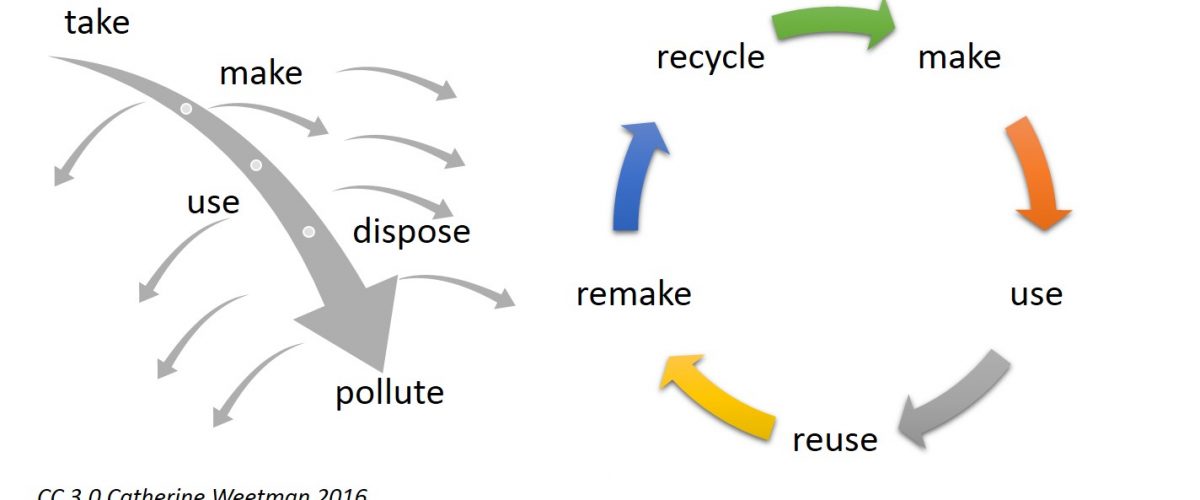The new Action Plan for the EU circular economy
On 11 March 2020, the European Commission adopted the new “Action Plan for the Circular Economy”. The new Action Plan aims to turn our economy into an environmentally sustainable economy that strengthens our competitiveness without damaging the natural ecosystem and gives more rights to consumers.
The ircular economy reduces pressure on natural resources (half of total greenhouse gas emissions and more than 90% of biodiversity loss and water stress come from the extraction and processing of resources) and is therefore a key prerequisite for achieving climate neutrality by 2050 and halting biodiversity loss.
The new Plan ensures that the resources used are conserved in the EU economy for as long as possible and that the related initiatives, which will be discussed and adopted from time to time, will be developed in a participatory process, with the close involvement of businesses and communities concerned. “To achieve climate neutrality by 2050, preserve our natural environment and strengthen our economic competitiveness, we need a fully circular economy”, said Frans Timmermans, Executive Vice President for the European Green Deal, “today, our economy is still largely linear, with only 12% of secondary materials and resources brought back into the economy. Many products break easily, cannot be reused, repaired or recycled, or are made for a single use. There is enormous potential for both businesses and consumers to exploit.”
Changing the way we produce and consume will therefore lead us towards a competitive but climate-neutral economy. In order to accelerate this transition process, the European Commission, with the Action Plan, plans to deploy many tools to enable businesses, consumers and public authorities in Europe to embrace this sustainable model: Legislation on sustainable product policy will be proposed to ensure that products placed on the EU market are designed to last longer and are easier to reuse and recycle; consumers will have access to reliable information on issues such as the reparability and durability of products to help them make environmentally sustainable choices; action will be taken on sectors that use more resources and where the potential for circularity is high: the electronics sector, vehicle batteries, packaging, plastics and microplastics, the textile sector, the construction sector and the food sector.

